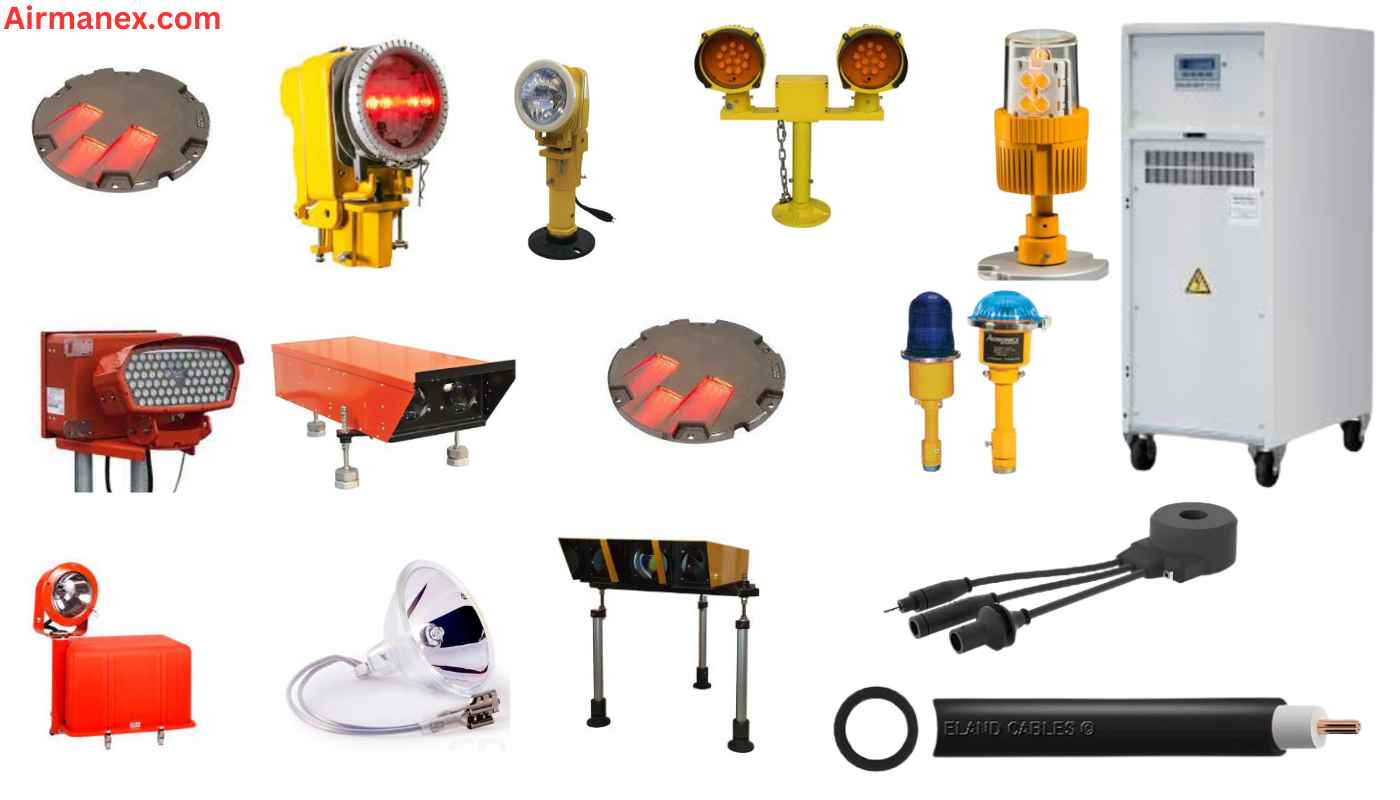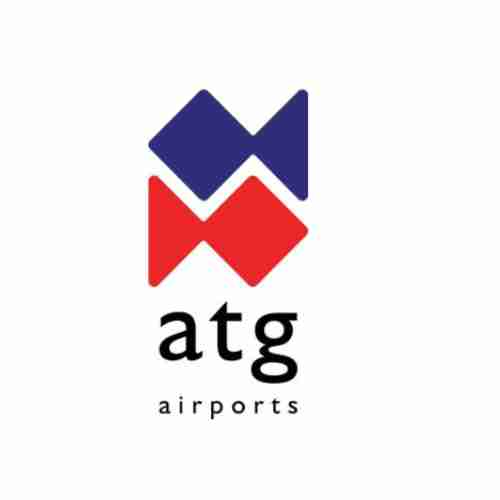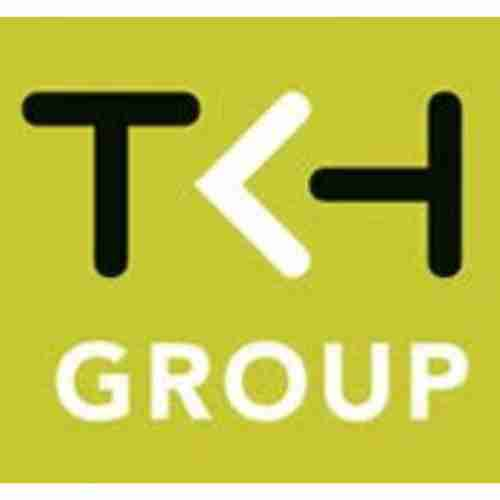Airfield Ground Lighting Runway and Taxiway in Italy in 2025
Imagine this: you’re a pilot gracefully maneuvering a plane across the Italian night sky. The runway stretches before you, a ribbon of light guiding your descent. This intricate dance between pilot and plane is orchestrated by a silent maestro – the airfield ground lighting (AGL) system. In 2024, Italian airports are taking AGL to new heights, prioritizing safety, efficiency, and a touch of Italian flair.

A Symphony of Light AGL Orchestra
An AGL system is a complex symphony of lights, each playing a vital role. Here’s a glimpse into the key players:
- Runway Edge Lights: These vibrant blue guardians mark the taxiway’s edges, ensuring pilots stay on course during ground maneuvers.
- Centerline Taxiway Lights: Imagine a string of white or yellow pearls running down the taxiway’s center. These lights provide essential directional cues, especially in intricate layouts.
- LED Runway Lighting: Energy-efficient and oh-so-precise, LED lights are replacing traditional halogen lamps. Their directional focus minimizes light spillover, enhancing pilot visibility while reducing environmental impact. Think of them as eco-friendly spotlights for the runway.
- In-Pavement Runway Lights: Forget clunky fixtures! These innovative lights are embedded directly within the runway surface. They offer excellent guidance and improved serviceability compared to traditional elevated lights. Picture tiny runway stars illuminating your path.
The AGL Spotlight on Innovation
Italy, a country known for its embrace of innovation, is at the forefront of AGL advancements. Let’s delve deeper:
- Precision Approach Lighting (PAL) Systems: Picture a series of synchronized white lights that appear to rise as the pilot gets closer to the runway. PAL systems provide crucial visual cues for a safe and accurate approach.
- Runway End Identifier Lights (REILs): These red and white beacons at the runway’s end act as unmistakable identifiers, especially in low-visibility conditions. Think of them as the runway’s glowing signature.
- Solar-powered Airfield Lighting Systems: Sustainability takes flight with solar-powered AGL systems. Imagine the Italian sun charging the lights, reducing dependence on conventional energy sources.
- Pilot-controlled Lighting Systems: Empowering pilots, these systems allow them to adjust the brightness of taxiway and runway edge lights for optimal visibility based on weather conditions.
Design, Installation, and Maintenance
A well-designed and meticulously maintained AGL system is the foundation of a safe and efficient airport. Here’s a peek behind the scenes:
- Airfield Lighting Design and Installation: A symphony needs a skilled conductor. Similarly, airfield lighting design requires expertise in ICAO (International Civil Aviation Organization) standards, local regulations, and the specific needs of each airport. Italian engineers are meticulously crafting these lighting plans for optimal performance.
- Airfield Lighting Maintenance and Repair: Just like any instrument, AGL systems need regular checkups. A team of dedicated technicians ensures every light is in top condition, guaranteeing pilot safety. Imagine them as the pit crew of the runway, ensuring a smooth operation.
- FAA Compliance Testing for Airfield Lighting: For some international flights, adherence to FAA (Federal Aviation Administration) standards is crucial. Italian airports stay ahead of the curve by ensuring their AGL systems meet these rigorous benchmarks.
A Glimpse into Italian AGL Advancements
The future of Italian AGL is brimming with exciting possibilities:
- ICAO Compliant Airfield Lighting: Adherence to ICAO’s Annex 14 – Aerodromes – guarantees a standardized language of light, ensuring seamless navigation for pilots from all over the world.
- Airport Lighting Retrofit Projects: Upgrading existing AGL systems with LED technology and advanced features is a priority. Imagine a wave of energy-efficient lighting illuminating Italian runways.
- Visual Guidance Lighting Systems (VGLs): These advanced systems use strategically placed lights to provide pilots with even more precise guidance during approach and landing. Think of them as a luminous GPS system on the ground.
Price Idea
here’s a ballpark range for different AGL components in Euros (EUR):
- Runway Edge Lights (per light): EUR 200 – EUR 500
- Centerline Taxiway Lights (per light): EUR 150 – EUR 400
- In-Pavement Runway Lights (per light): EUR 300 – EUR 700 (slightly higher due to specialized installation)
- Precision Approach Lighting (PAL) Systems (per system): EUR 50,000 – EUR 150,000+ (significant variation based on complexity)
- Runway End Identifier Lights (REILs) (per pair): EUR 10,000 – EUR 20,000
Military AGL and More
Italy’s commitment to AGL excellence extends beyond civilian aviation:
- Military Airfield Lighting Systems: Military bases require robust and reliable AGL systems to support a variety of aircraft and missions. Italian engineers are designing systems that meet these specialized needs.
- Helicopter Landing Pad Lighting: Helicopter operations demand a unique AGL approach. Italian airports are ensuring their helipads are equipped with proper lighting for safe and efficient landings.
FAQs
How much does a runway lighting system cost in Italy?
The cost of AGL systems in Italy varies depending on airport size, lighting type, and project complexity. Expect a range of tens of thousands to hundreds of thousands of euros for a runway and taxiway system.
What are the benefits of LED lighting for runways in Italy?
LED lights are energy-efficient, reducing costs and environmental impact. They offer better directional focus for improved pilot visibility and require less maintenance compared to traditional halogen lamps.
Who designs and installs AGL systems in Italian airports?
Italian engineers with expertise in ICAO standards and local regulations design AGL systems. Skilled technicians handle installation and maintenance to ensure optimal performance and pilot safety.










